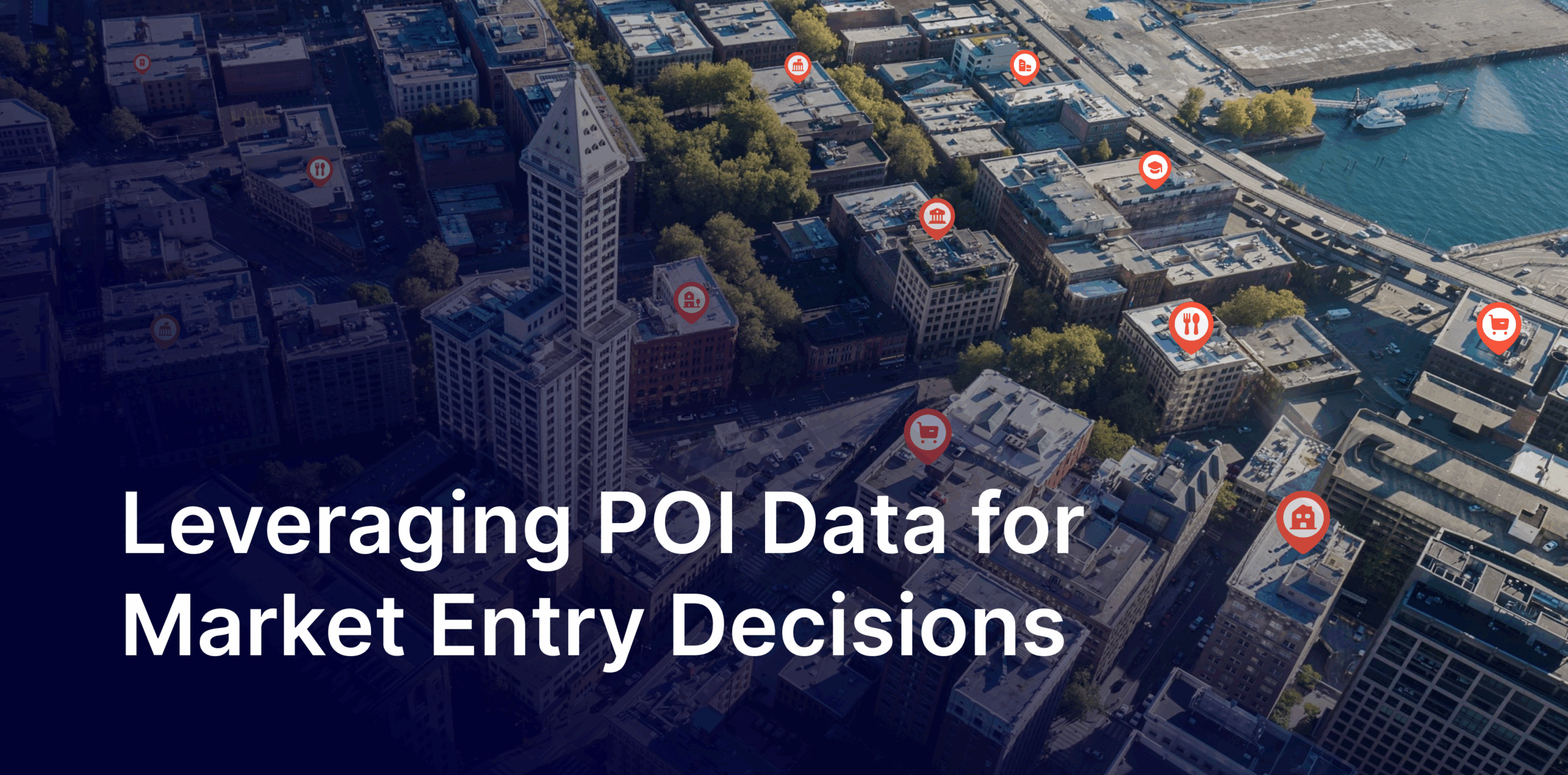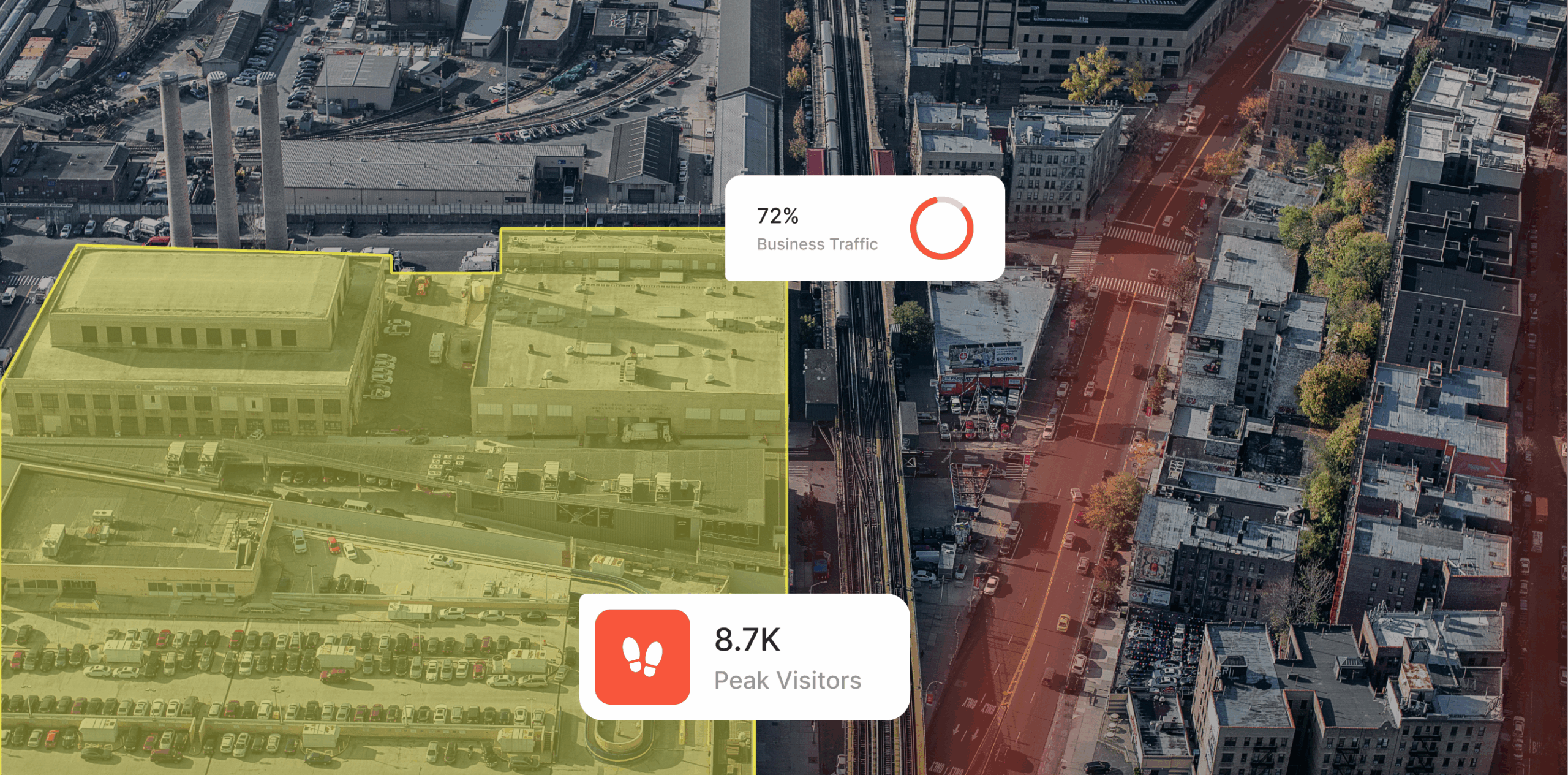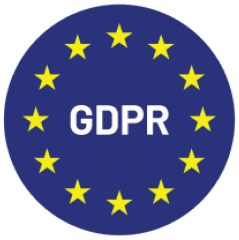Have you ever wondered why some stores buzz with customers while others struggle, even with attractive products and promotions?
The answer often lies in how deeply a business understands its customers, not just their digital behavior, but their physical, in-person actions. This is where visit data comes into play.
Visit data offers a window into real-world customer behavior. It’s more than counting the number of people walking through the door. It helps businesses understand when people visit, how often they come back, how long they stay, and how they move through a space.
These insights empower firms to refine their strategies, improve experiences, and make data-backed decisions in retail, real estate, hospitality, and quick-service restaurants.
What is Visit Data?
Visit data refers to information that captures how people physically interact with locations in the real world.
It includes details such as the number of unique visitors to an area, the frequency of their visits, how long they stay, the specific paths they take within the venue, and the timing of these visits, whether it’s the time of day, day of the week, or during certain weather conditions.
This data is collected through various methods, including anonymized mobile signals (GPS, Wi-Fi, Bluetooth), or data partnerships with mobile apps that use SDKs.
When used responsibly and with proper privacy safeguards, this data can be aggregated to paint a detailed picture of foot traffic patterns.
Why Visit Data matters in 2025
While e-commerce platforms have long had the upper hand in understanding their customers through analytics, physical businesses have historically lagged behind.
Traditional methods like manual counters or basic POS data fail to capture the full picture. Visit data fills this gap by offering the same level of intelligence for real-world spaces.
In today’s hybrid retail environment, where consumer behavior has evolved significantly post-pandemic, agility and real-time insight are vital.
For example, a shopping mall can adapt its tenant mix based on changing foot traffic, or a coffee shop chain can fine-tune store hours based on when people are actually visiting. These insights allow businesses to be more responsive, relevant, and customer-centric.
From raw data to business intelligence
Understanding foot traffic patterns
Visit data helps businesses identify key patterns over time. By analyzing trends in footfall, they can determine peak hours, slow periods, and seasonal shifts.
For instance, a gym might notice that visitor volume spikes early in the morning and again in the evening on weekdays. This data allows the gym to adjust class schedules, add express check-in counters during busy times, and offer targeted promotions to drive traffic during off-peak hours.
The result is a smoother, more satisfying customer experience—and often, higher retention rates.
Optimizing store layouts and in-store experience
Tracking how visitors move through a location reveals valuable insights about the effectiveness of a store’s layout. Businesses can spot underutilized areas, reconfigure spaces to direct traffic more effectively, and ensure high-visibility placement for key products.
One fashion retailer used heatmaps from visit data to realize that customers were bypassing the back half of their store. By improving lighting and moving popular items to those areas, they increased footfall to those sections and saw a measurable boost in overall dwell time and sales.
Read more: 5 Reasons to use visit data in your retail business
Improving staffing and operational efficiency
Businesses can more effectively plan staffing by understanding peak visitation times. A home decoration store, for example, might notice that weekend traffic consistently increases by 40%.
With this knowledge, they can bring in additional staff to assist customers, restock shelves more frequently, and reduce wait times at checkout. This operational planning enhances the customer experience and increases the likelihood of repeat visits.
Measuring marketing effectiveness
Visit data also allows businesses to measure the real-world impact of their marketing campaigns. After launching a geo-targeted digital ad campaign, a QSR brand used visit data to see which neighborhoods experienced an uptick in store visits.
By analyzing the lift in foot traffic and comparing it to baseline data, the brand could determine which campaign elements were most effective and where to double down in future efforts. This kind of attribution often helps businesses optimize ad spend and maximize ROI.
Read more: Reasons why you should use location data in your marketing campaigns
Real-World Wins
1. Fresh Look, Fresh Sales
A regional grocery chain was losing foot traffic even though prices were competitive. Visit data revealed that shoppers were skipping the produce section—the store’s heart. The team improved lighting and reorganized that area to make it more inviting.
The result? Shoppers stayed longer, and sales bounced back.
2. Turning Around a Quiet Mall
A shopping mall noticed weekday visits were dipping. Visit data showed two types of visitors: office workers on lunch breaks and families on weekends. The mall added coworking spaces and quick lunch spots to serve professionals, and set up family activities for weekends. Within a quarter, foot traffic jumped by 30%.
3. Faster Burgers, Happier Customers
A burger chain discovered that most customers preferred the drive-thru, but many were leaving due to long lines. Visit data helped them pinpoint peak hours. They reassigned staff and streamlined operations. Wait times dropped, and customers started coming back—and ordering more.
Discover the best use cases of location data
Combining Visit Data with other business inputs
Visit data becomes exponentially more powerful when it is used alongside other data sources. Point-of-sale (POS) data helps link footfall to actual purchases. Demographic data helps businesses understand their customers’ age, income bracket, or lifestyle.
Loyalty program data shows whether foot traffic is being driven by first-time visitors or returning customers. Additionally, integrating weather and event data can provide context around unusual traffic surges or dips.
For example, a retail chain might notice a spike in visits on a particular day. POS data confirms strong sales, and event data reveals that a nearby concert may have driven traffic. With these insights, the retailer can replicate similar strategies in other locations during local events.
How to get started with Visit Data
Leveraging visit data doesn’t require massive investments or technical overhauls. Start with a clear goal, such as reducing wait times, increasing store conversions, or optimizing campaign spend.
Then, engage a trusted data provider to access aggregated and privacy-compliant visit datasets.
[Your guide on choosing the right data provider]
Begin with simple analyses like daily visit counts, peak hours, and average dwell time. Use these initial findings to run small experiments—perhaps adjusting staff schedules or rearranging product displays—and measure the results.
As confidence grows, integrate visit data into broader analytics systems, combining it with POS, CRM, and marketing platforms.
Ensure data usage is ethical and compliant with regulations like GDPR or CCPA. Anonymized and aggregated data ensures consumer privacy while still providing valuable insights.
Final Thoughts
Visit data redefines how businesses understand and serve their customers in the real world. It goes beyond traditional analytics, offering a physical layer of behavioral insight that was previously difficult to access. By embracing this intelligence, businesses become more agile, responsive, and in tune with what their customers truly want.
Whether you’re a retailer aiming to boost conversions, a QSR brand trying to reduce wait times, or a real estate developer looking to optimize tenant mix, visit data can provide the answers you need.
Interested in seeing how visit data can transform your business?
Download a free data sample or talk to one of our experts for a personalized walkthrough of how foot traffic intelligence can help you unlock new growth opportunities.
You may also like

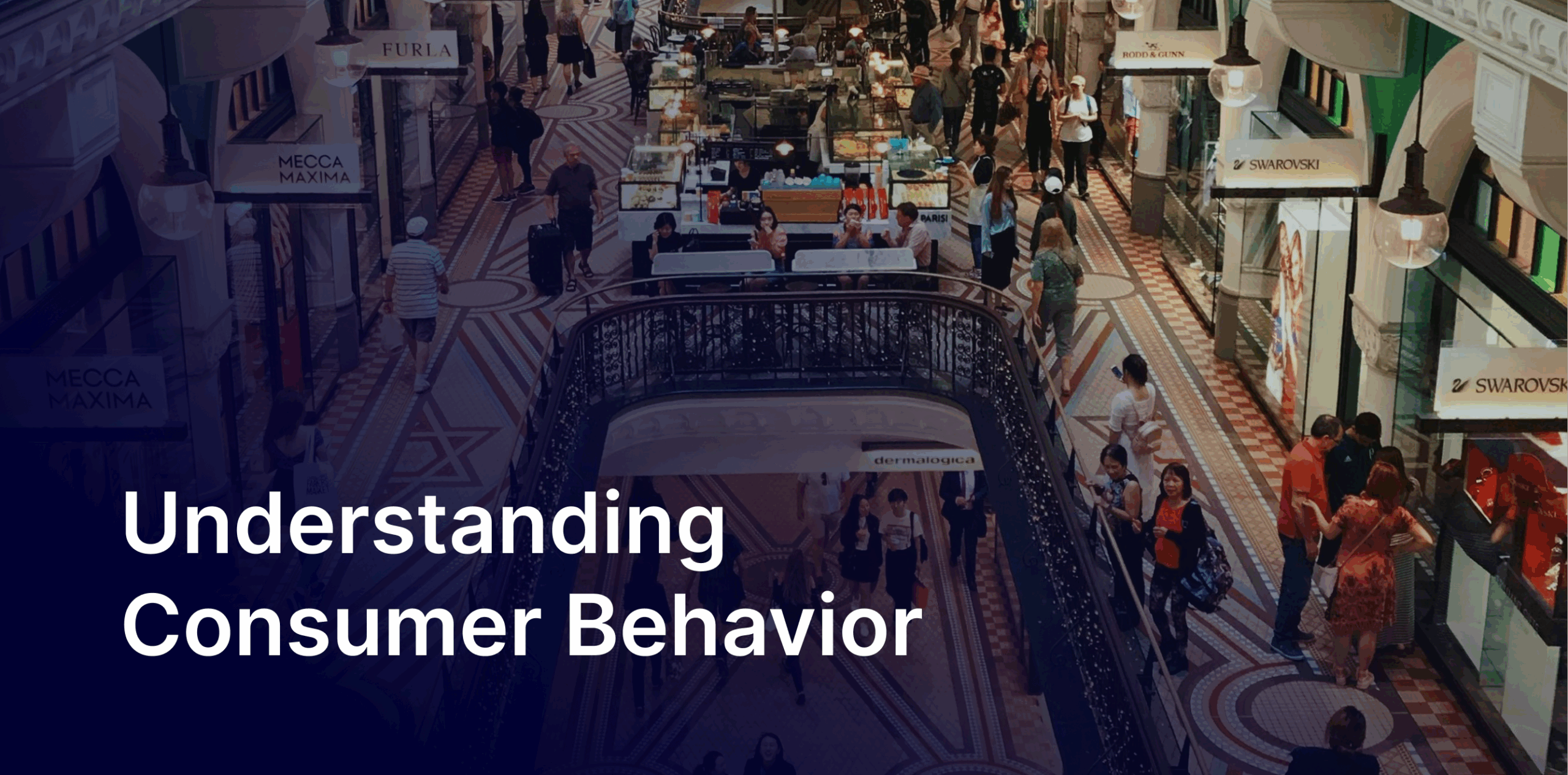
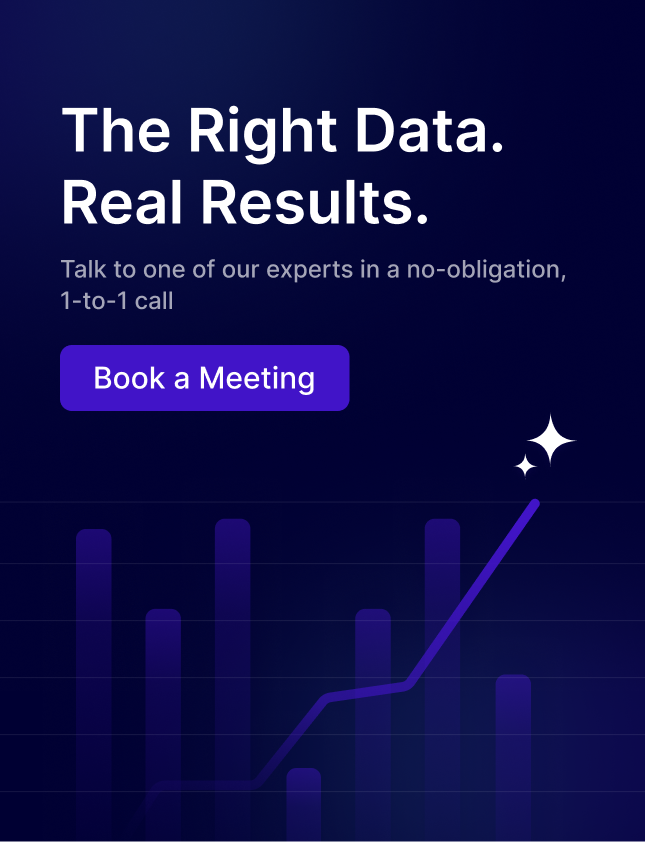
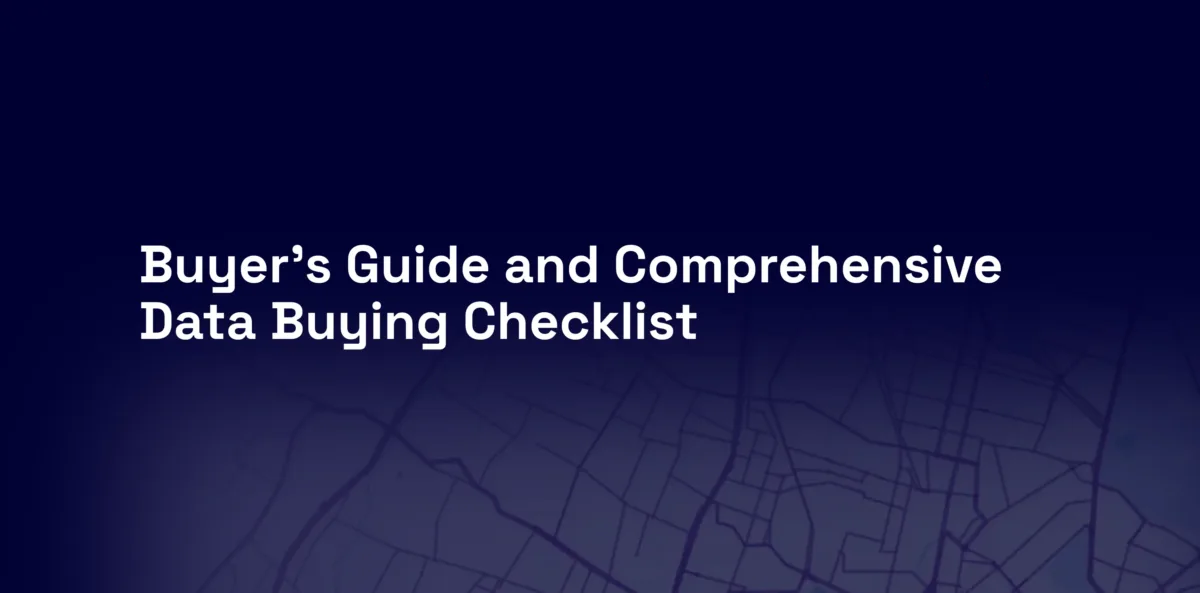
![[Blogpost ]Enhancing Customer Experience with POI Data Insights Enhance customer experience using POI data](https://www.factori.ai/wp-content/uploads/Blogpost-Enhancing-Customer-Experience-with-POI-Data-Insights-scaled.png)
